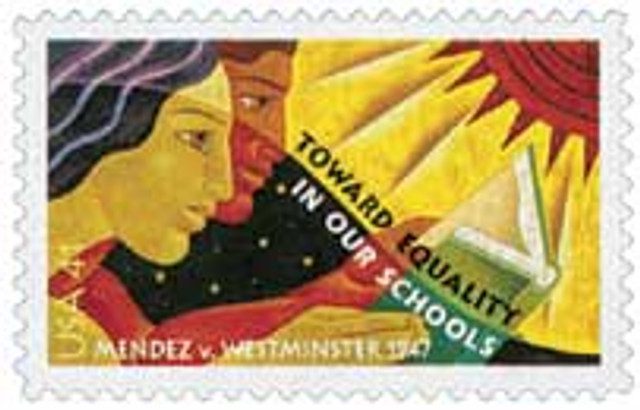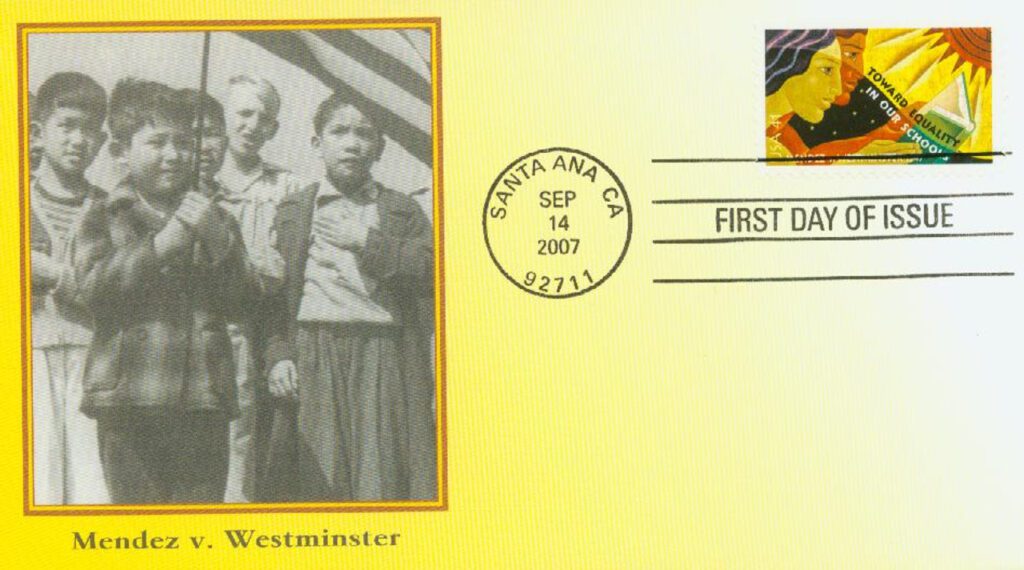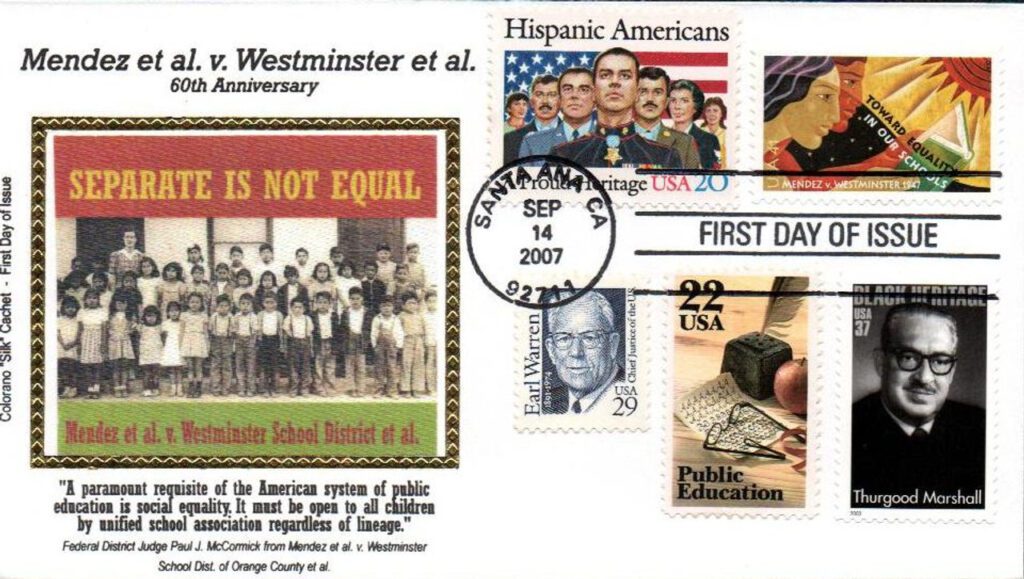On April 14, 1947, the court case of Mendez v. Westminster was decided in favor of Gonzalo Mendez, an early success in the fight against segregation.
Gonzalo Mendez’ determination to provide a good education for his children helped pave the way for the American civil rights movement.
In 1945, the Mendez family lived in Westminster, California, which had a segregated school system. There were two schools in Westminster: a two-room shack for Mexicans and Latinos, and 17th Street Elementary, a well-built whites-only school with a lawn and other amenities. Although their lighter-skinned cousins were admitted, the Mendez children were denied entry to the 17th Street School.
Mendez and four other Mexican-American fathers decided to fight this practice by bringing the issue before the US District Court for the Central District of California, in Los Angeles. They argued that their children, as well as 5,000 other children of Mexican descent were being unconstitutionally discriminated against by being forced to attend separate “schools for Mexicans.”
At one point, the school district offered to allow just the Mendez children to attend the school, but Gonzalo refused, as he wanted to benefit the entire Mexican community. He and his family also paid for most of the expenses for the witnesses they called in the case.
On February 18, 1946, the district court ruled in Mendez’ favor, finding that the separate schools were an unconstitutional denial of equal protection. The Westminster school district then appealed the decision. Several organizations joined the cause, including the American Civil Liberties Union and the NAACP, represented by future Supreme Court Justice Thurgood Marshall.
On April 14, 1947, the appeals court upheld the lower court’s decision in Mendez v. Westminster as California law provided for segregation of children of certain nationalities, but not Mexican. Governor Earl Warren quickly repealed the remaining California school segregation statutes to guarantee equal education for all children. The landmark case was the precedent for Brown v. Board of Education, which prohibited school segregation nationwide.
Click here to see what else happened on This Day in History.





Just another great example of what stamps can do. They shed light on the hidden parts of our history that otherwise might become forgotten.
Was not Abraham Lincoln assassinated on this date, 155 years ago today?
Another great Mystic updating and detail-informing lesson in American history !! Thank you !
This demonstrates, if anyone needs that reminder, that racism wasn’t just a southern problem,